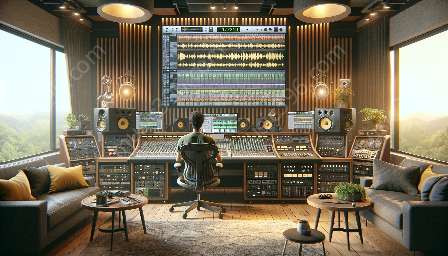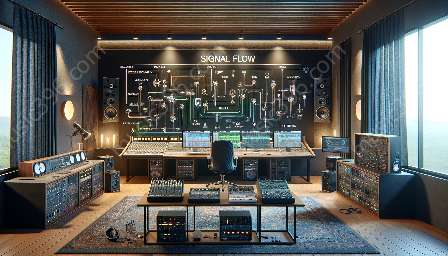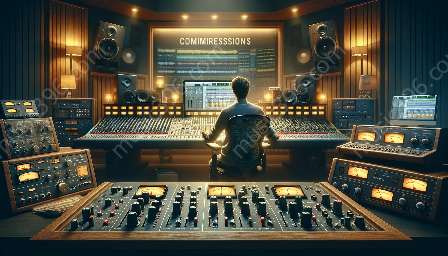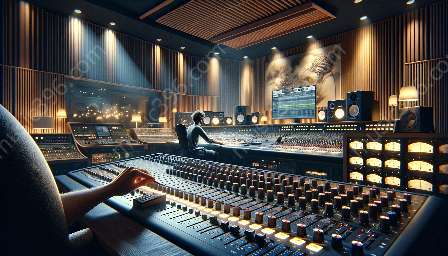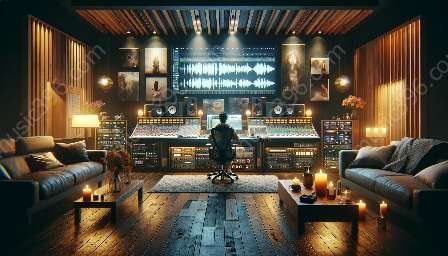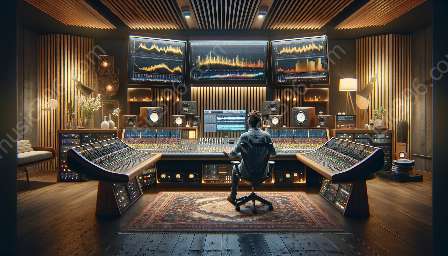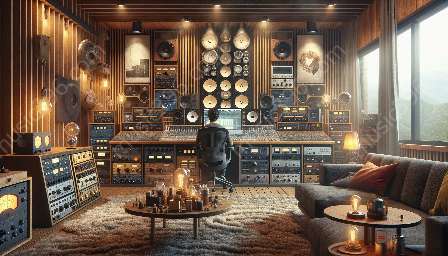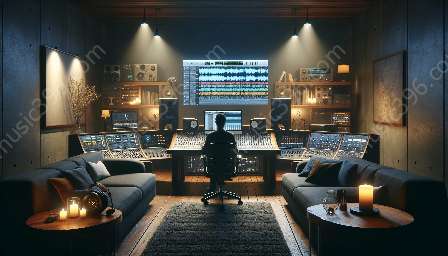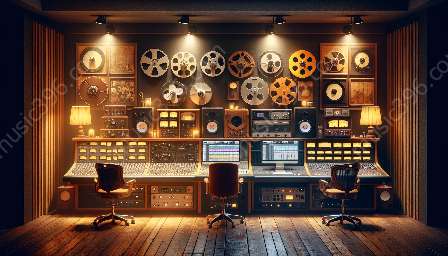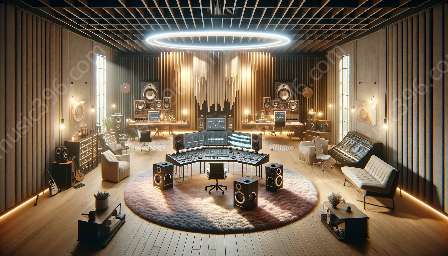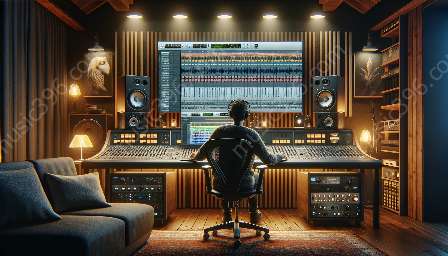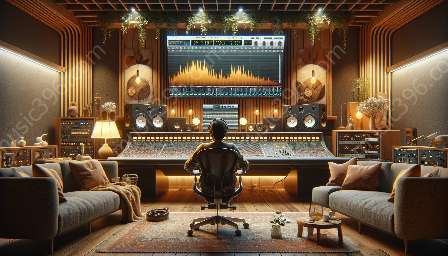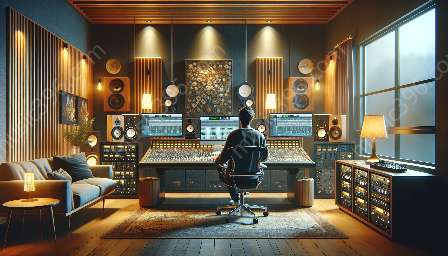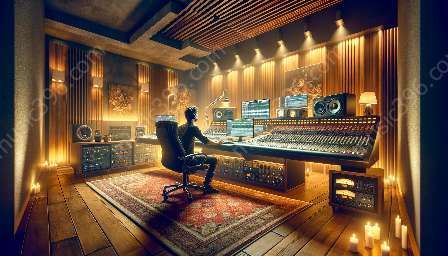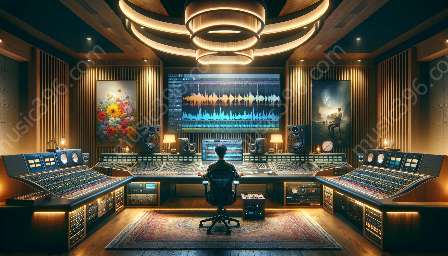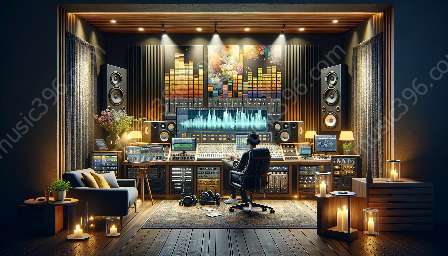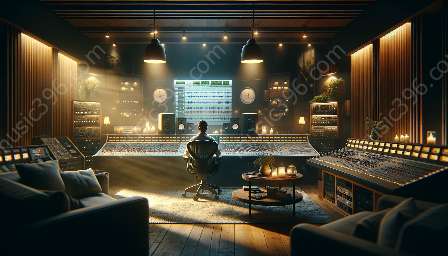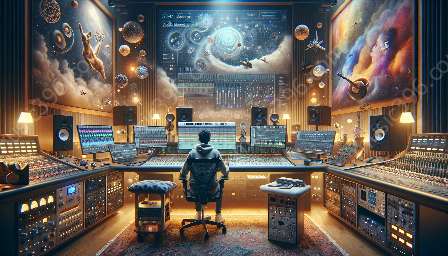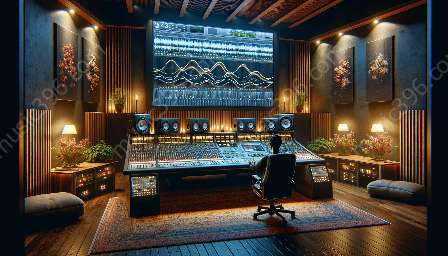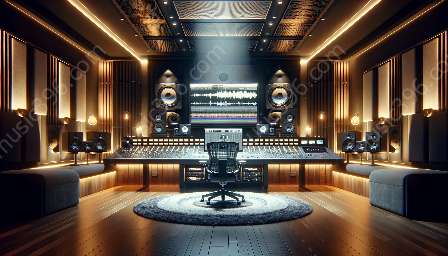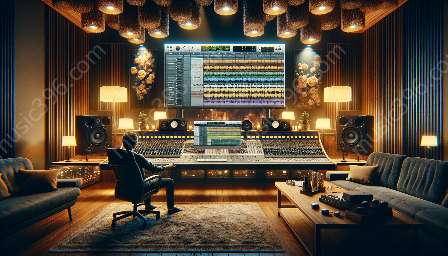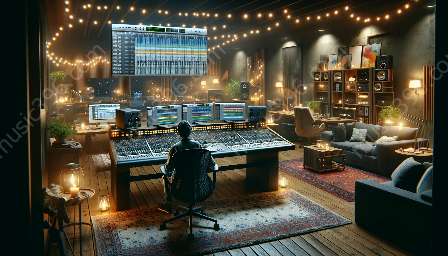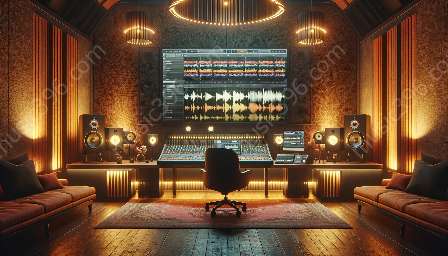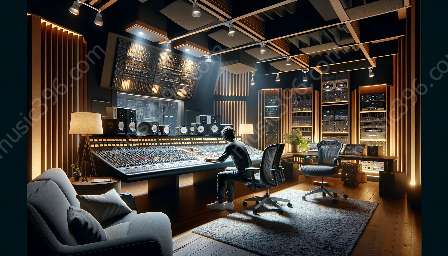Automation plays a crucial role in shaping the final mix and its impact on the listener's experience. This is particularly evident in the context of audio mixing and mastering, where precise control over various parameters is essential for achieving a polished and cohesive sound. Let’s delve into the ways in which automation influences the listener's perception of the final mix and its compatibility with the use of automation in mixing.
The Role of Automation in Mixing and Mastering
Automation in audio mixing and mastering refers to the dynamic adjustment of levels, panning, equalization, and other effects over time. This allows engineers to create a more dynamic, engaging, and coherent final mix by automating changes that would be impractical or impossible to perform manually in real-time.
One of the primary benefits of automation is its ability to enhance the emotional impact of a song. By fine-tuning the levels and effects of individual tracks, automation allows mix engineers to bring out the emotional nuances in the music, guiding the listener's attention and eliciting specific emotional responses.
Enhancing Spatial Dynamics
Automation significantly impacts the spatial dynamics of a final mix. By modulating the placement and movement of sounds within the stereo field, automation can create a sense of depth, movement, and immersion that captivates the listener. For example, automating panning effects can simulate the sensation of instruments moving around the listener, adding an extra dimension to the listening experience.
Balancing and Clarity
Automation also plays a crucial role in achieving balance and clarity in the final mix. By automating the levels of individual tracks throughout the song, engineers can ensure that each element is appropriately balanced and prominent at the right moments, leading to a more cohesive and engaging listening experience. Additionally, automation can be used to address competing frequency ranges, ensuring that different instruments and elements blend harmoniously without overshadowing each other.
Dynamic Range and Impact
Effective use of automation contributes to a compelling dynamic range in the final mix. By modulating the levels of different elements, automation helps create contrast between quiet and loud passages, enhancing the overall impact and emotional resonance of the music. This dynamic shaping can elicit powerful emotional responses from listeners and contribute to a more immersive and captivating experience.
Compatibility with Automation in Mixing
The impact of automation on the listener's experience hinges on its compatibility with the use of automation in mixing. In modern music production, automation is ingrained in the mixing process, enabling engineers to craft nuanced and expressive mixes that resonate with the audience. By seamlessly integrating automation tools and techniques into the mixing workflow, engineers can ensure that the final mix effectively translates their creative vision and connects with the listeners.
Refining Artistic Intent
Automation empowers mix engineers to refine and articulate their artistic intent. It allows them to meticulously shape the sonic elements of a song, ensuring that every detail serves a specific purpose in conveying the intended emotional message. This level of control and precision ultimately enhances the listener's experience, as they can perceive the depth and intentionality behind the mix, immersing them in the musical narrative.
Expressive Mixing Techniques
Automation facilitates expressive mixing techniques that capture the nuances and intricacies of a musical composition. Whether it's automating subtle volume swells, intricate filter movements, or gradual reverberation changes, these techniques add a layer of expressiveness that enriches the listener's experience, drawing them deeper into the sonic tapestry of the mix.
Conclusion
Automation profoundly influences the listener's experience of the final mix, elevating spatial dynamics, balance, clarity, and dynamic impact. Its seamless compatibility with the use of automation in mixing empowers engineers to refine their artistic intent and employ expressive techniques that resonate with the audience. As automation continues to evolve, its impact on the listener's experience will remain a defining factor in the art and science of audio mixing and mastering.

